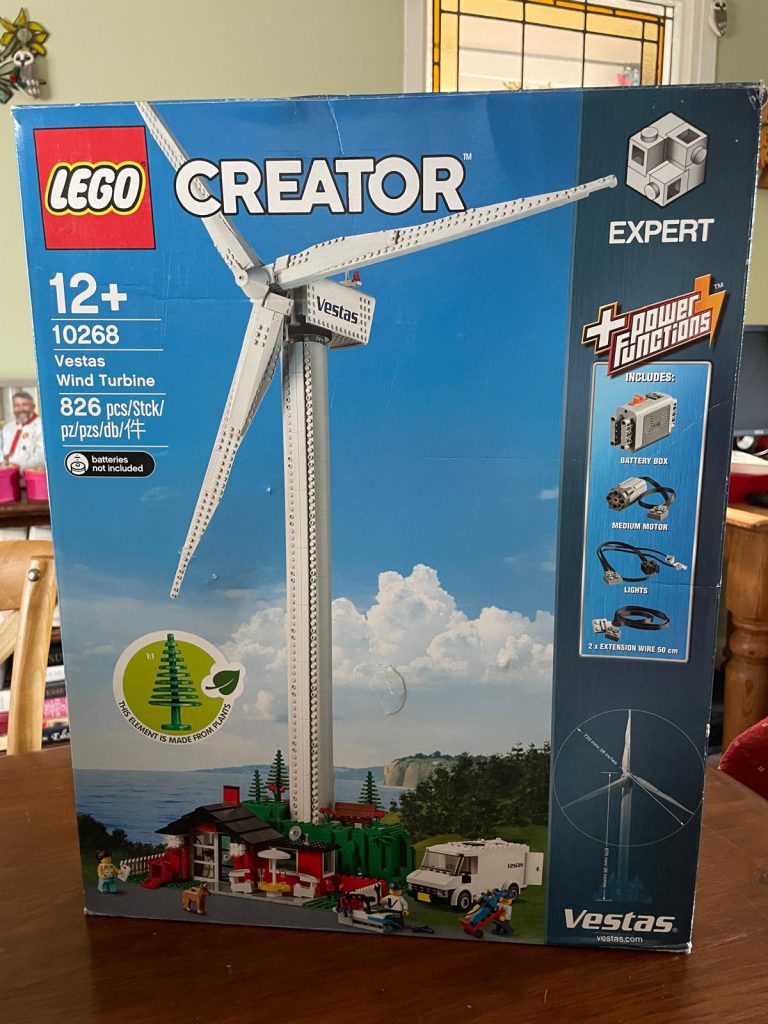Renewable energy has gained significant attention and traction in recent years as the world strives to mitigate the impacts of climate change and transition towards a sustainable future. With the pressing need to reduce greenhouse gas emissions and the depletion of fossil fuel reserves, the focus on innovations in renewable energy projects has intensified. This article explores various groundbreaking advancements in the field of renewable energy, highlighting their potential to revolutionize the way we generate and utilize clean energy.
1. Introduction
Innovations in renewable energy projects have the potential to reshape the global energy landscape and address the challenges posed by climate change. As technology progresses and investments in renewable energy increase, researchers and engineers are developing groundbreaking solutions that maximize energy generation, storage, and distribution efficiency while minimizing environmental impacts.
2. Solar Energy Innovations
2.1 Next-Generation Photovoltaics
Next-generation photovoltaic technologies are paving the way for more efficient and cost-effective solar energy production. Innovations like perovskite solar cells, tandem solar cells, and multi-junction solar cells are pushing the efficiency limits and expanding the application possibilities of solar panels.
2.2 Solar Paints and Coatings
Solar paints and coatings have emerged as a promising innovation, allowing virtually any surface to harness solar energy. These materials contain photovoltaic properties, enabling buildings, vehicles, and even outdoor furniture to generate electricity from sunlight.
2.3 Solar Windows
Solar windows integrate transparent solar cells into the glass, transforming conventional windows into electricity-generating assets. This innovation holds significant potential for large-scale adoption, as it seamlessly combines energy generation with the existing infrastructure.
3. Wind Energy Innovations
3.1 Floating Wind Farms
Floating wind farms are revolutionizing offshore wind energy production by enabling installations in deep waters where traditional fixed foundations are not feasible. These floating platforms use advanced mooring systems to harness the strong and consistent winds available in offshore regions.
3.2 Vertical Axis Wind Turbines
Vertical axis wind turbines (VAWTs) offer a compelling alternative to traditional horizontal axis wind turbines. VAWTs are designed to capture wind from any direction, making them suitable for urban environments and areas with complex wind patterns.
3.3 Kite Wind Energy Systems
Kite wind energy systems utilize large kites tethered to the ground to capture high-altitude winds. The kites generate significant amounts of clean energy while requiring fewer resources compared to conventional wind turbines.
4. Hydroelectric Innovations
4.1 Tidal Power Generation
Tidal power generation harnesses the predictable and constant movement of ocean tides to generate electricity. Innovations in tidal power systems include underwater turbines and barrages, which efficiently convert tidal energy into electrical power.
4.2 Run-of-River Hydroelectric Systems
Run-of-river hydroelectric systems utilize the natural flow of rivers to generate electricity without the need for large-scale dams. These systems have lower environmental impacts and allow for more flexible installation and operation.
4.3 Underwater Turbines
Underwater turbines harness the kinetic energy of ocean currents to generate renewable electricity. These innovative turbines can be installed in various locations, including coastal areas and ocean currents, providing a consistent and reliable source of clean power.
5. Biomass Innovations
5.1 Bioenergy with Carbon Capture and Storage (BECCS)
Bioenergy with Carbon Capture and Storage (BECCS) is a novel approach that combines bioenergy production with the capture and storage of carbon dioxide emissions. This innovation not only generates renewable energy from biomass but also removes CO2 from the atmosphere, contributing to climate change mitigation.
5.2 Algae Biofuel Production
Algae biofuel production offers a sustainable alternative to fossil fuels by utilizing the rapid growth and high oil content of certain types of algae. Algae can be cultivated in various environments, including wastewater treatment facilities and coastal areas, providing a versatile and carbon-neutral source of biofuel.
5.3 Waste-to-Energy Conversion
Waste-to-energy conversion technologies convert organic waste materials into usable energy, reducing landfill waste and generating renewable electricity or heat. Innovations in this field include anaerobic digestion, pyrolysis, and gasification, which effectively harness the energy potential of organic waste.
6. Geothermal Innovations
6.1 Enhanced Geothermal Systems (EGS)
Enhanced Geothermal Systems (EGS) aim to extract heat from deeper and hotter regions of the Earth, expanding the potential for geothermal energy production. By creating engineered reservoirs and utilizing advanced drilling techniques, EGS technologies overcome the limitations of conventional geothermal systems.
6.2 Geothermal Heat Pumps
Geothermal heat pumps utilize the stable temperature of the Earth’s subsurface to provide efficient heating and cooling for buildings. These systems extract heat from the ground during winter and dissipate excess heat during summer, significantly reducing energy consumption and greenhouse gas emissions.
6.3 Deep Direct-Use Geothermal Systems
Deep Direct-Use Geothermal Systems tap into the Earth’s geothermal resources to provide direct heating and cooling for residential, commercial, and industrial applications. These systems can efficiently meet the thermal demands of buildings and processes, reducing reliance on traditional heating and cooling systems.
7. Conclusion
Innovations in renewable energy projects are driving the transformation of our energy systems towards a cleaner, more sustainable future. From advancements in solar and wind energy to breakthroughs in hydroelectric, biomass, and geothermal technologies, these innovations hold immense promise in addressing the global challenges of climate change and energy security. By adopting and scaling these innovative solutions, we can pave the way for a greener and more resilient planet.
(Source: Innovations in Renewable Energy Projects)


